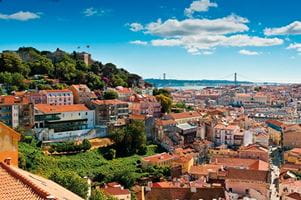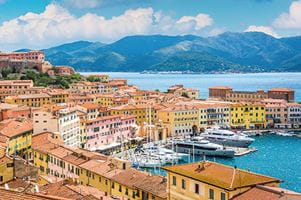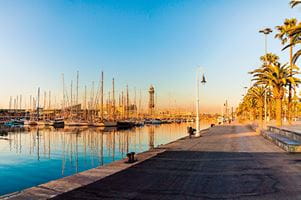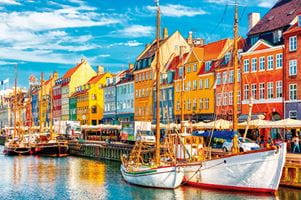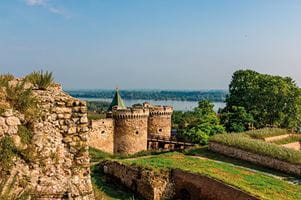Destinations
Cruise the Adriatic with Saga
Trace the walls of old towns, step inside Roman-era churches, visit Venetian Palaces and linger over coffee in city squares. Cruising the Adriatic offers up the chance to experience a host of famous Mediterranean destinations as you spend days discovering colourful coastlines.
Set sail for the Adriatic aboard one of our boutique sister ships – and simply sit back and relax as you watch the scenery change. Unwind onboard on the backdrop of the glimmering waters of the Adriatic, linger over meals in our choice of speciality restaurants and spend memorable days exploring ashore.
Why cruise the Adriatic with Saga?

Embarking one of Saga’s Adriatic cruises means holiday mode from the moment you leave your front door. There’s no need to worry about airport baggage allowances – all of our cruises are no fly. Saga’s included chauffeur service means that you’ll be collected from your home and driven to the port.
Once aboard one of our luxury small ships you can unpack and unwind ¬in your cabin, which comes with a balcony as standard. Elsewhere, take a refreshing dip the pool, tuck into freshly prepared dishes in one of the restaurants, or enjoy a drink in the bar. Just some of the joys of our all-inclusive Adriatic cruises.
Spend days exploring the various destinations of the Adriatic cruise independently or join one of the included excursions and our collection of optional excursions. The choice is yours.
Ancient cities and coastal scenery

Scattered with 1,300 islands, boasting lush national parks and crowned by fortified old towns, the Adriatic is the name given to the northernmost portion of the Mediterranean Sea. This long slice of water is almost entirely edged on all sides by a collection of nations, including Italy, Croatia, and Montenegro. The Adriatic has nurtured civilisations for millennia, providing key trading routes for empires to flourish, information to be shared and cultures to develop.
A string of successive empires has left their mark on this storied section of Europe. As far back as 900 BC the Etruscans settled in the area, later followed by the ancient Greeks and from the 2nd century BC, it was under the control of the Roman Empire. In more recent centuries, the Byzantine empire, the Kingdom of Croatia, the Republic of Venice, the Habsburgs and the Ottomans have all played a part in overseeing the region. Today, strung with attractive coastlines and rich with nature, the Adriatic draws travellers from around the world to spend time relaxing among the sun-dappled scenery and its collection of famous historic sights.
Admire the beauty of the Adriatic during days spent ashore

In each of port of call on our cruise of the Adriatic, you can reap the benefits of its culture, cuisine and coastal charm. From walking the old city walls in Dubrovnik to sunning yourself on the shores of Italy, the Adriatic coastline boasts a wealth of destinations to savour.
Croatia
Dubrovnik

Journey along Dubrovnik’s iconic 9th-century city walls to glimpse views over the old town and the Adriatic. Elsewhere, visit the Maritime Museum, Game of Thrones filming locations and the 15th-century Rector’s Palace.
Split

Split is a treasure trove of history. Admire sights such as the harbourside Diocletian’s Palace, well-preserved Roman-era Cathedral of St Dominus and the impressive Archaeological Museum.
Italy
Bari

Stroll along Bari’s sweeping boulevards, go back in time at the 12th-century Castello Normanno-Svevo and step inside its pretty churches such as the Basilica di San Nicola and Bari Cathedral.
Montenegro
Kotor

An enigmatic combination of past and present awaits you in picturesque Kotor. The medieval lanes of the town are strewn with a seemingly endless list of sights from Venetian palaces and churches to museums and cafe-lined squares.
Find out more about what you could discover on a Adriatic cruise with Saga.
The opinions expressed are those of the author and are not held by Saga unless specifically stated.
The material is for general information only and does not constitute investment, tax, legal, medical or other form of advice. You should not rely on this information to make (or refrain from making) any decisions. Always obtain independent, professional advice for your own particular situation.
